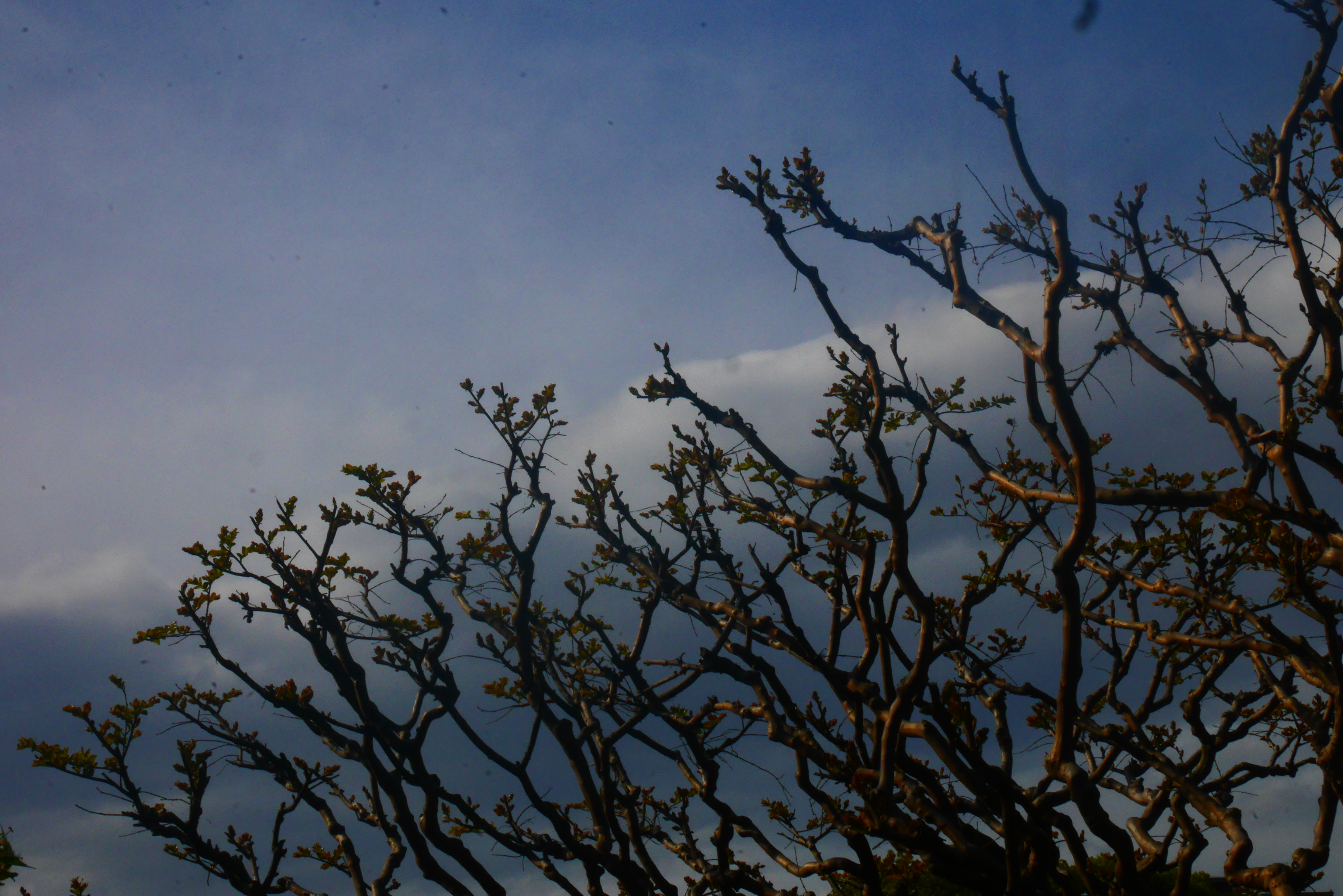
In my garden is one perfect dahlia.
It came in a mixed bag of summer bulbs from RHS Wisley and was the only tuber in the selection. I have had no joy growing dahlias in the past as the slugs and snails have gobbled up any fresh green growth long before flowering.
This time it was going to be different, and it was, but not as I expected.
For whatever reason, it grew very long and leggy, too spindly to hold itself up and was scaffolded with a cane and lengths of string. It continued skywards and began to droop, the stem now upwards of four feet! The stem zigzags back and forth held by the cane and some inner strength that somehow allows it to hold up its magnificent bloom.
Lectio 365 has been looking at the Names of God in recent weeks and I was brought once again to reflect on John 15 where Jesus tells us the He is the Vine and that we should abide in him alone if we want to bear fruit.
It took me back to my dahlia. It’s strayed way farther from the tuber (vine) and consequently is weaker than it could be but it’s hung on to the connection, even though the stem is bent and bowed and the crowning glory is this single perfect, radiant bloom. Without its root this would be impossible.
We all want to bear fruit but I know that I don’t always remember how crucial the abiding in the vine bit really is. Sometimes I lose the connection in the doing, when the being is the important thing. I’m being Martha when I need to be Mary.
Despite this, even a tiny misshapen connection can still be a conduit for fruit – thirty, sixty, one hundred-fold. In this case there is only one dahlia but it is shining out in beauty for all to see, glorifying its Maker and doing what it was created to do. A lesson to me every time I look out into the garden.

While writing this I was reminded of another the little elder tree by the River Aire that was ‘abiding’ – by being a tree, as Thomas Merton says, in a blog post I wrote several years ago in my Lessons from the Trees project. If you are interested, you can find it here.


